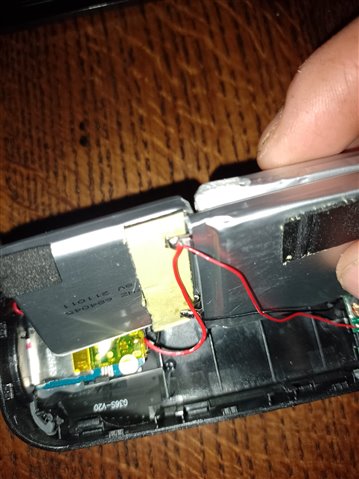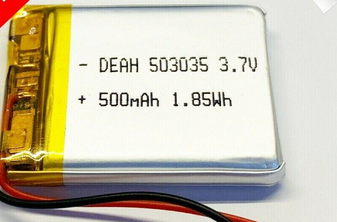I'm trying to identify these batteries within an alarm unit that I need to replace since they are no longer holding a charge.
I've had a look online and cannot find anything with the same numbers as shown on the side.
Does anyone know if these are a standard type of flat battery i.e. in the same as AA, D have designations that I just don't know the name for regardless of the serial numbers etc. on the side? They measure roughly 38mm*38mm*5mm.
Thanks




